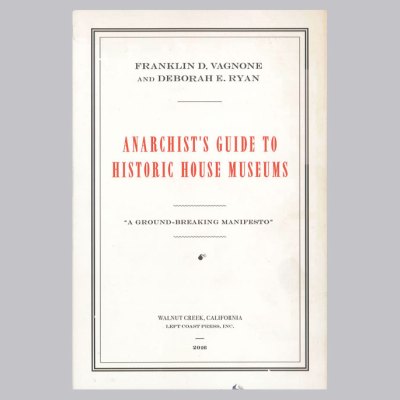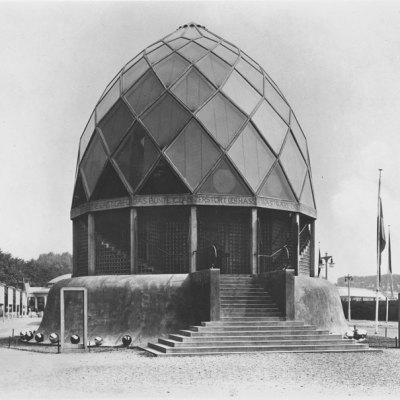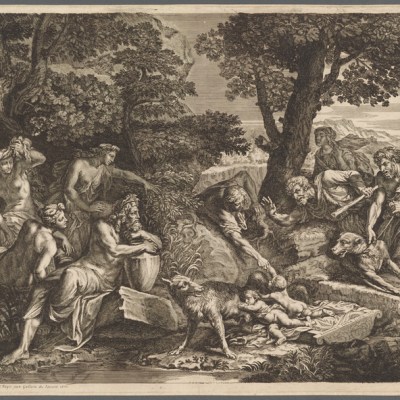In her mid-thirties, the writer and critic Olivia Laing decided almost on a whim to sublet her home in England and move to New York. The reason, she tells us, was that she had fallen in love. The object of her affections didn’t reciprocate, and she found herself adrift: still working, but otherwise listless and heartbroken.
She spent her days walking by the river, trying and failing to make herself understood by the staff in the local coffee shop and ‘prowling the endless chambers of the internet, watching music videos’. However, she also dragged herself to the city’s museums, where she sought solace in works of art that appeared to reflect her own isolation: ‘I was […] beginning to fall in love with images, to find a solace in them that I didn’t find elsewhere,’ Laing explains. ‘I was possessed with a desire to find correlates, physical evidence that other people had inhabited my state.’
The result of this critical self-examination is The Lonely City: Adventures in the Art of Being Alone, a study of solitude that fits into the vogueish quasi-genre of memoir-cum-cultural critique, as exemplified by Geoff Dyer’s Out of Sheer Rage, a study of D.H. Lawrence (or a study of not writing about D.H. Lawrence), or Robert Macfarlane’s books on landscape. As is often the case with such endeavours, The Lonely City takes the form of autobiographical vignettes, which segue (seamlessly for the most part), into explorations of how several 20th-century American artists, including Edward Hopper, Andy Warhol, David Wojnarowicz, and Henry Darger expressed and coped with loneliness themselves.
The first such transition, for example, comes as Laing relates the experience of bursting into tears as she attempts to close the blinds of her Brooklyn apartment, horrified by how the inhabitants of the neighbouring tenements might view her: ‘I knew what I looked like. I looked like a woman in a Hopper painting. The girl in Automat, maybe.’
The book delivers an elegaic analysis of the universal affliction of loneliness through its subjects. Laing’s chapter on Henry Darger is the most measured and subtle writing I’ve read about this much mythologised outsider. Darger is best known as a cranky recluse who filled his tiny Chicago apartment with violent, visionary paintings and texts telling the story of the Vivian Girls, seven princesses waging an apocalyptic war against a godless, child-enslaving nation. Visually, his traced figures and imagery verge on the kitsch – which makes them all the more disquieting. Small wonder that he is generally considered little short of psychopathic.
Yet Laing provides a far more nuanced and entirely credible counternarrative. She discusses Darger’s wretched childhood, much of which was spent in an asylum, the miserable 54 years he spent working as a hospital janitor (during which he was refused holidays and granted only Sunday afternoons off) and his one genuine friendship, which ended abruptly when his companion moved away and died shortly afterwards.
Visiting a replica of Darger’s apartment in a Chicago museum, Laing observes that ‘Despite the dirt, despite the portraits of the Vivian Girls…it didn’t feel like the room of a mad person. It felt like the room of someone poor, creative and resourceful, someone who must be wholly self reliant.’ Once you begin to understand Darger’s concerns and living situation, his creations start to seem markedly less disturbing.
The section on Darger is as compassionate as it is compelling – it would make a fine essay in its own right. It’s no coincidence, though, that it is also by far the most extensively researched and, by comparison, Laing’s other subjects suffer. It helps, of course, that Darger’s myth has been sustained through assumptions and ignorance. You can’t say the same of the other artists Laing discusses.
It’s not entirely clear why Laing chooses Warhol. While her chapter on his uneasy relationship with celebrity and friendship is by no means repetitious, it doesn’t bring much to the table. The idea that Warhol’s command of English only as a second language – he spoke Ruthenian at home – made him a foreigner in his own skin is intriguing, but not explored much further. Similarly, although Laing’s study of Hopper’s Nighthawks at the Diner is first class (the doorless diner itself is a ‘livid yellow prison’ encased in a ‘greenish glass bubble, the colour of an iceberg’), the rest of the section devoted to the artist seems oddly directionless.
More problematic is the sense that a missed opportunity overshadows the whole project. ‘God I was sick of carrying around a woman’s body,’ she writes, leading us to expect a discussion of how gender informs artistic representations of solitude; it can’t be coincidence that the artists she addresses are almost all men. Is the loneliness perceptible in the work of Wojnarowicz, Hopper et al. a particularly masculine exploration of solitude? Laing seems to think so, and proposes the photographer Nan Goldin’s Ballad of Sexual Dependency as a feminine counterpart to all this testosterone-heavy seclusion. But the section on Goldin is all too brief, lacking any real conclusion.
It is to Laing’s credit that her deeply personal account slips into solipsism only on occasion. But the fundamental problem with an exercise like this is that it requires a middle ground in order to please both specialist and casual reader. While Laing’s confessional sections offer a universal point of entry, the art criticism – if that’s the correct term – often feels slight, yet too specific to be of more general interest. Ultimately, I’m left wondering: to whom is this book supposed to appeal? The higher end of the middle market is slippery ground; it can be a lonely place to be for an author.
The Lonely City: Adventures in the Art of Being Alone by Olivia Laing is published by Canongate.
From the May issue of Apollo: preview and subscribe here.



